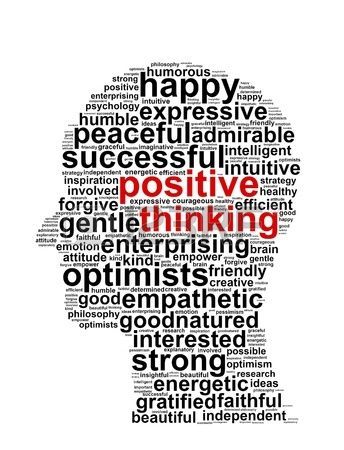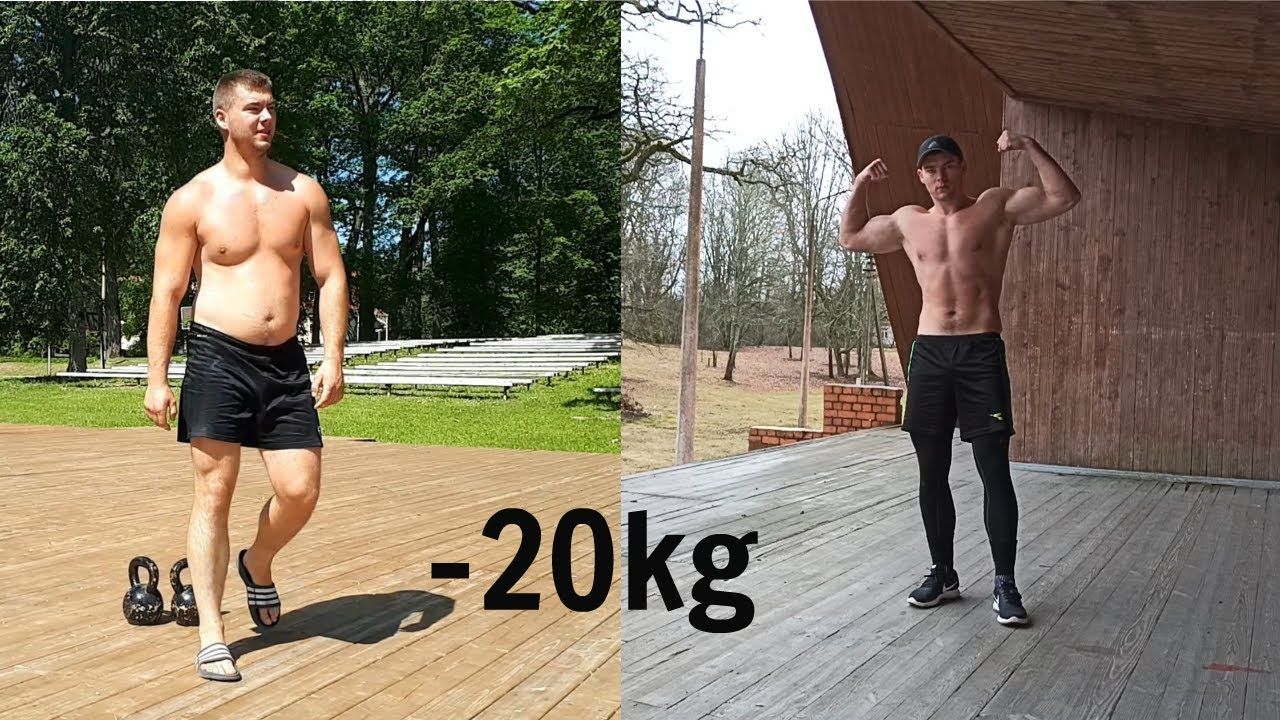Visualization is” width=”200″ height=”200″>
When it comes to achieving peak performance in any aspect of life, whether it be in sports, business, or personal goals, visualization techniques can play a crucial role. Visualization is a powerful mental tool that can help individuals enhance their skills, boost confidence, and overcome obstacles. In this article, we will explore effective visualization techniques and how they can support and enhance peak performance.
The Power of Visualization
Visualization is the practice of creating detailed mental images of desired outcomes or the process of achieving those outcomes. It involves using all the senses – sight, sound, touch, taste, and smell – to create a vivid and realistic mental experience. When we visualize our desired goals, our brain reacts as if we are actually experiencing them, activating the same neural pathways responsible for physical activity.
Research has shown that visualization can have a significant impact on performance. Athletes who incorporate visualization techniques into their training regimes have been found to improve muscle strength, enhance motor skills, and increase overall performance. Visualization also aids in reducing anxiety and stress, allowing individuals to perform at their peak.
Types of Visualization Techniques
1. Outcome Visualization
Outcome visualization involves mentally picturing the desired end result. Athletes often visualize themselves winning a race, scoring a goal, or completing a difficult task successfully. By repeatedly envisioning success, individuals are more likely to manifest that outcome. It helps in building confidence and setting a positive intention.
2. Process Visualization
In process visualization, individuals focus on the steps required to achieve their goals. It involves mentally rehearsing each step, visualizing the sequence of actions, and imagining the challenges that might arise. This technique helps individuals stay focused and prepare for potential obstacles, enhancing their problem-solving skills.
3. Sensory Visualization
Sensory visualization is about creating a multisensory experience in the mind. By vividly imagining the sights, sounds, smells, tastes, and feelings associated with the desired outcome, individuals can enhance their mental representation of the experience. This technique can help fine-tune motor skills and improve muscle memory.
4. Guided Visualization
Guided visualization involves listening to or following a recorded script that guides individuals through the process of visualization. This technique is particularly useful for beginners or those who struggle with focusing their concentration. Guided visualization helps individuals enter a relaxed state and creates a more immersive visualization experience.
Integrating Visualization into Your Routine
Here are some tips to effectively integrate visualization techniques into your routine:
1. Set aside dedicated time
Allocate a specific time each day to practice visualization. Find a quiet and comfortable space where you can fully engage in the process without any distractions.
2. Create a vivid mental image
Focus on creating a detailed and realistic image in your mind. Incorporate as many senses as possible, making the visualization as lifelike as you can.
3. Engage your emotions
Connect with the emotions associated with achieving your goals. Feel the excitement, joy, and sense of accomplishment as though you have already achieved your desired outcome.
4. Be consistent
Consistency is key. Visualize your desired outcomes regularly, ideally every day. With consistent practice, your mental imagery will become more powerful and effective.
5. Combine visualization with physical practice
Solidify the benefits of visualization by coupling it with physical practice. By mentally rehearsing actions and movements alongside physical training, you can reinforce muscle memory and enhance overall performance.
Incorporating Visualization in Different Areas of Life
Visualization can be applied to various areas of life, including sports, business, creativity, and personal development:
1. Sports
Athletes across different disciplines have successfully used visualization to improve their performance. By mentally practicing techniques, visualizing successful outcomes, and picturing themselves performing at their best, athletes can boost their confidence and improve their overall game.
2. Business
In the business world, visualization can be used to improve public speaking, enhance negotiation skills, and set and achieve business goals. By visualizing successful presentations, effective communication, and positive business outcomes, individuals can enhance their performance and increase their chances of success.
3. Creativity
Visualization can also be used to enhance creativity and problem-solving abilities. By visualizing the desired creative outcome, artists, writers, and musicians can unlock new ideas and find innovative solutions to challenges they may face in their creative processes.
4. Personal Development
Visualization can also support personal development, such as building confidence, overcoming fears, and achieving personal goals. By visualizing oneself confidently speaking in public, successfully completing a challenging task, or achieving personal milestones, individuals can train their minds to overcome obstacles and reach their full potential.
Conclusion
Visualization is a powerful tool that can significantly enhance peak performance in various aspects of life. By incorporating different visualization techniques into your routine, you can improve your skills, build confidence, and overcome obstacles. Remember to dedicate time, create vivid mental images, engage your emotions, and be consistent in your practice. Visualize success, and watch as it becomes a reality.



